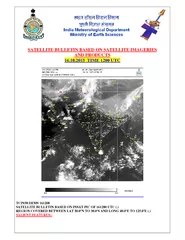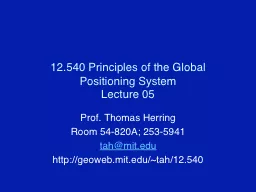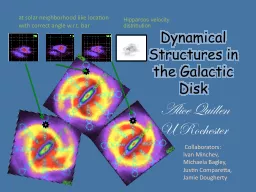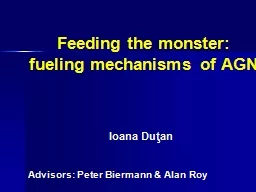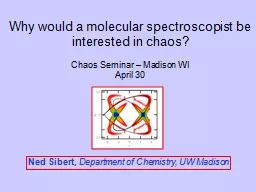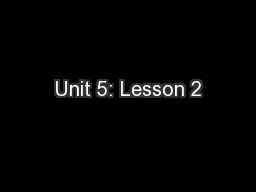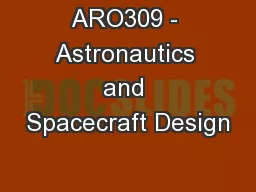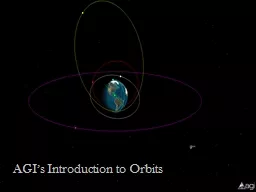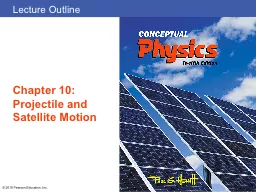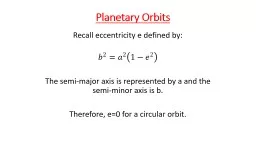PPT-Satellite Safety and Circularizing Orbits:
Author : conchita-marotz | Published Date : 2018-03-14
A Study in Simplifying Models Anthony Ko Motivation Why this is important Despite popular belief a significant amount of satellites experience drag which causes
Presentation Embed Code
Download Presentation
Download Presentation The PPT/PDF document "Satellite Safety and Circularizing Orbit..." is the property of its rightful owner. Permission is granted to download and print the materials on this website for personal, non-commercial use only, and to display it on your personal computer provided you do not modify the materials and that you retain all copyright notices contained in the materials. By downloading content from our website, you accept the terms of this agreement.
Satellite Safety and Circularizing Orbits:: Transcript
Download Rules Of Document
"Satellite Safety and Circularizing Orbits:"The content belongs to its owner. You may download and print it for personal use, without modification, and keep all copyright notices. By downloading, you agree to these terms.
Related Documents


